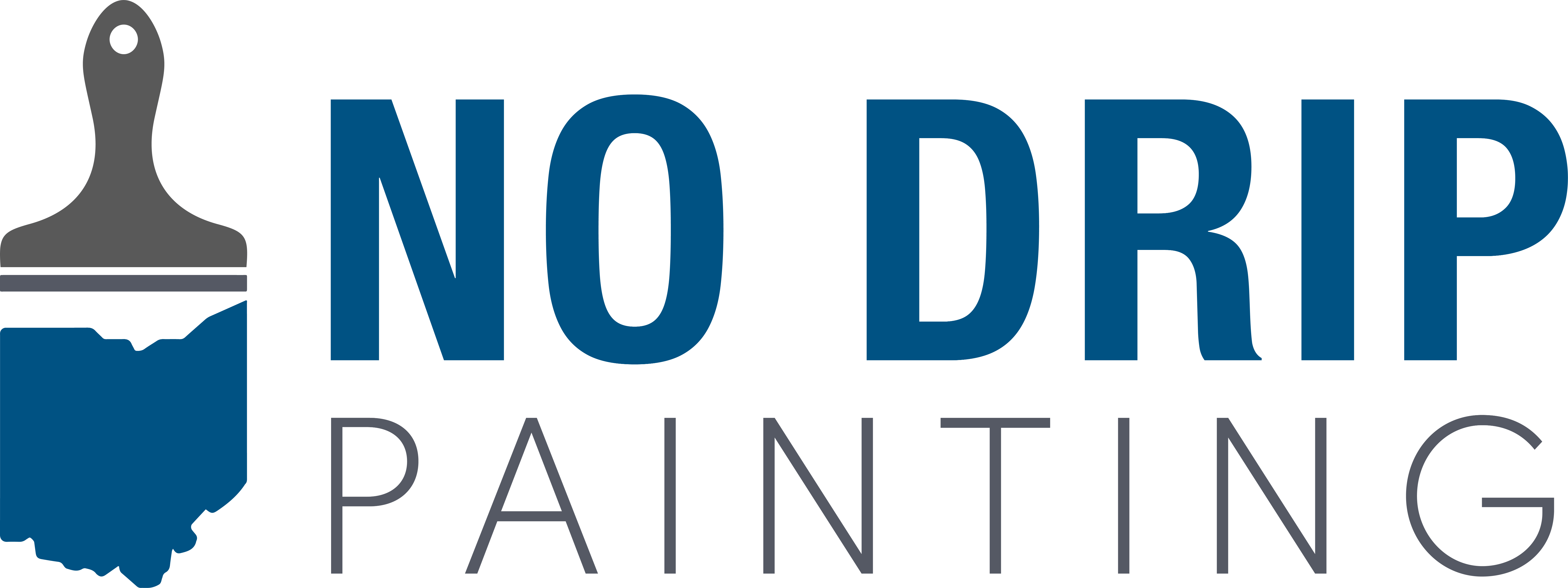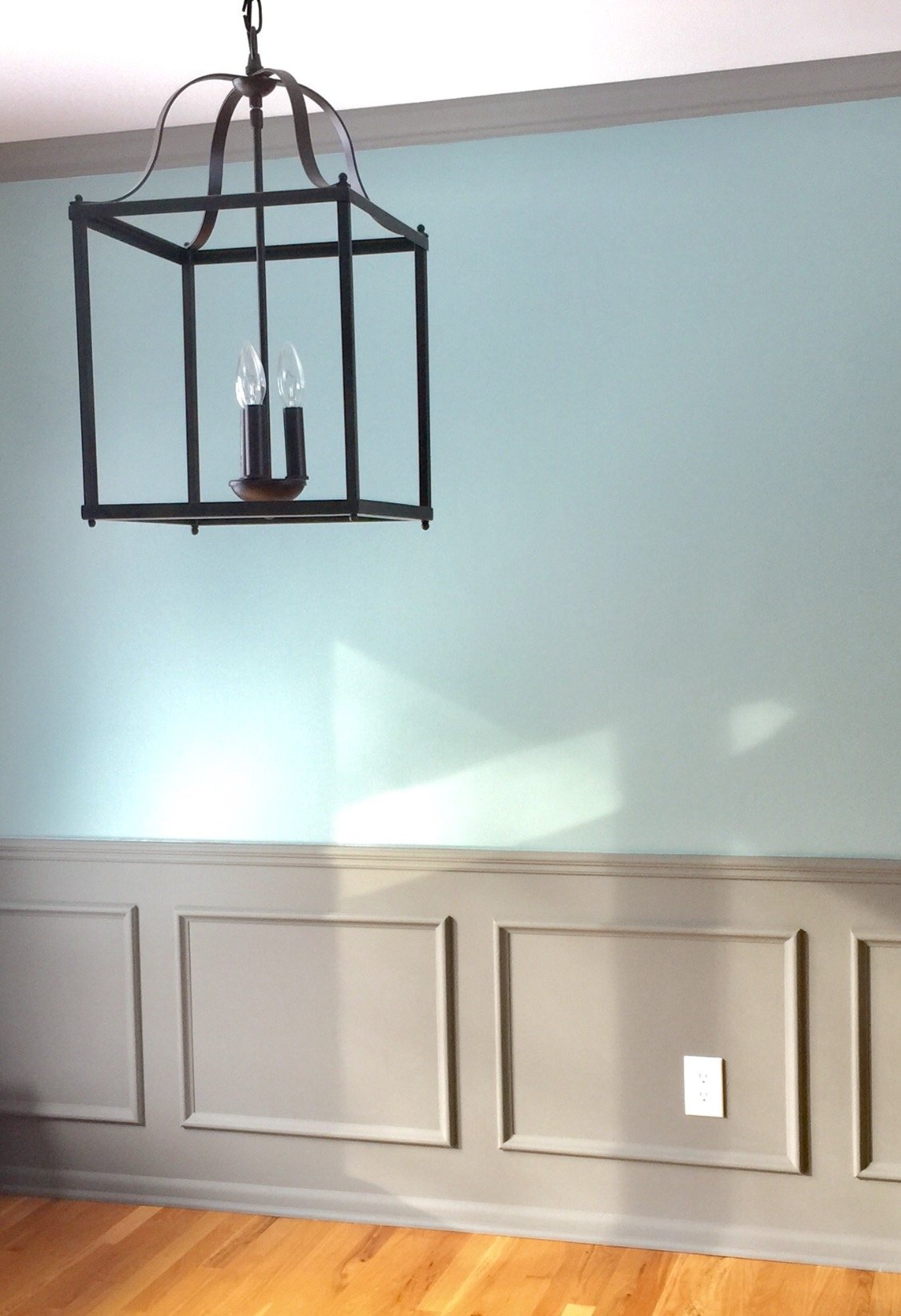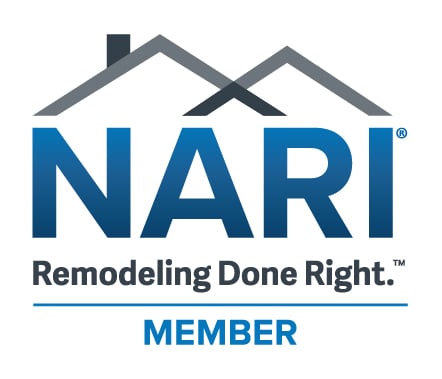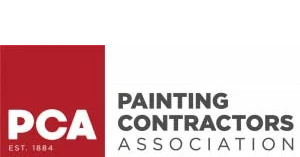Paint and primer seem to go together like cookies and milk, but what if you only want the cookies? Can you skip the milk? Are the cookies any less delicious if you pass on that icy cold glass of milk? Well the answer is, they might be!
Primer is one of those mysterious, under-appreciated and never-seen resources that painters have at their disposal. Often times people go back and forth about whether or not they have to use primer; at No Drip Painting we have a standard formula for many projects and it looks like this: 1P2F. That may look fancy and mathematical, but really what it means is 1 coat primer (1P) and 2 coats finish (2F). This is where the question always arises: why?
To help explain here are 3 times we always use primer:
- New Drywall: Fresh drywall needs a primer coat to seal the joint compound. The fresh drywall will absorb water based paint leaving your finish looking a bit less than desired if you don’t prime it first. After the primer coat is applied we always sand the walls before applying the finish paint.
- Repainting Wood Surfaces: In order to paint finished cabinets or wainscoting you must use a bonding primer. A bonding primer is specially formulated to bond to a variety of tough surfaces. Using this before your finish coats will give your paint something to adhere to and keep the paint from scratching off the surface.
- Drywall Repairs: When a drywall repair occurs and joint compound (mud) or spackling has been applied to the wall, that surface needs to be primed before it’s painted. We call this “spot priming”. If you don’t spot primer before painting then the mud or spackling will suck the moisture out of the paint and the repair spot will be visible to the eye.
Now the next obvious question after we talk about 1P2F is – can you just use paint with primer already in it? The answer is yes, except on the 3 situations we already talked about.
Paint and Primer In One
These days the better quality paint already has the primer in it. Having both the paint and primer already together in the same can allows for better coverage and durability. This combination works really well on dark walls that you want to lighten up. While you might still need two coats, the primer in the paint will allow the dark color to be concealed much better then paint without primer.
You can think of a primer as your insurance policy because paint almost always looks better with primer. You wouldn’t pay to have everything painted if it wasn’t going to look good in the end, would you? Primer covers stains, evens out the surface and adds a layer of adhesion for your paint to bond.
Now you know the scoop on primer. Get out there and enjoy painting…..and maybe some cookies and milk since we talked about that too!
Happy Painting!

